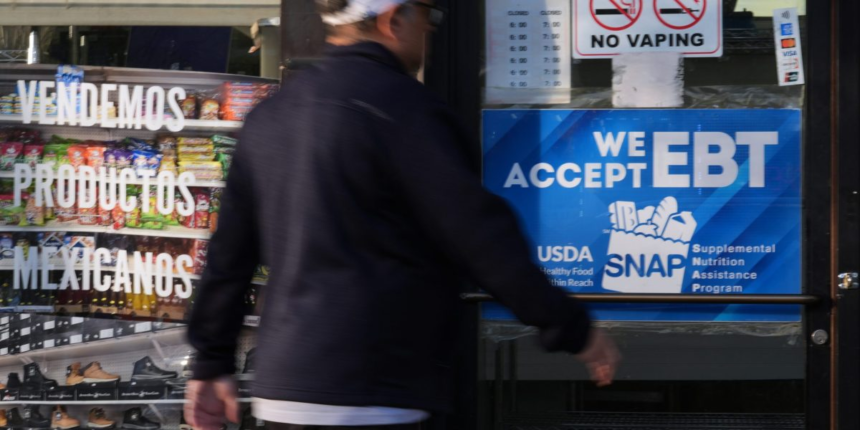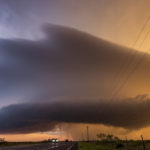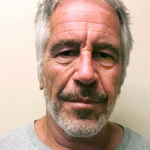Exhausting the fund potentially sets the stage for a similar situation in December if the shutdown isn’t resolved by then.
It’s not clear exactly how much beneficiaries will receive, nor how quickly they will see value show up on the debit cards they use to buy groceries. November payments have already been delayed for millions of people.
“The Trump Administration has the means to fund this program in full, and their decision not to will leave millions of Americans hungry and waiting even longer for relief as government takes the additional steps needed to partially fund this program,” Massachusetts Attorney General Andrea Joy Campbell, who led a coalition of Democratic state officials in one of the lawsuits that forced the funding, said in a statement.
People who receive the benefits are trying to figure out how to stretch their grocery money further.
But she is worried that there won’t be enough for her children to eat with about $400 this month instead of around $800. “We always make things work somehow, some way,” she said.
In Camden, New Jersey, 41-year-old Jamal Brown, who is paralyzed after a series of strokes and on a fixed income, said family members asked him for a list of groceries he needs so they can stock him up.
But not everyone has that help.
“How did you expect to live a healthy life if you’re not eating the right stuff?” he asked. “If you don’t have the access to the food stamps, you’re going to go to the cheapest thing that you can afford.”
The administration said it would provide details to states on Monday on calculating the per-household partial benefit. The process of loading the SNAP cards, which involves steps by state and federal government agencies and vendors, can take up to two weeks in some states. But the USDA warned in a court filing that it could take weeks or even months for states to make all the system changes to send out reduced benefits. The average monthly benefit is usually about $190 per person.
California Attorney General Rob Bonta said at a news conference that it would take his state about a week to load benefit cards once the funding is made available.
“These are folks who are hungry, and every day matters,” Bonta said.
The liberal group Democracy Forward, which represented plaintiffs in one of the lawsuits, said it was considering legal options to force full SNAP funding.
Other high-profile Democrats are calling for the government to do that on its own.
“USDA has the authority to fully fund SNAP and needs to do so immediately. Anything else is unacceptable,” Senate Democratic leader Chuck Schumer said on social media.
Patrick Penn, Deputy Under Secretary Food Nutrition and Consumer Services for USDA, said in a court filing Monday that the department chose not to tap other emergency funds to ensure there’s not a gap in child nutrition programs for the rest of this fiscal year, which runs through September 2026.
New Mexico and Rhode Island officials said Monday that some SNAP beneficiaries received funds over the weekend from their emergency programs. Officials in Delaware are telling recipients that their benefits won’t be available until at least Nov. 7.
To qualify for SNAP in 2025, a household’s net income after certain expenses can’t exceed the federal poverty line. For a family of four, that’s about $32,000 per year.









